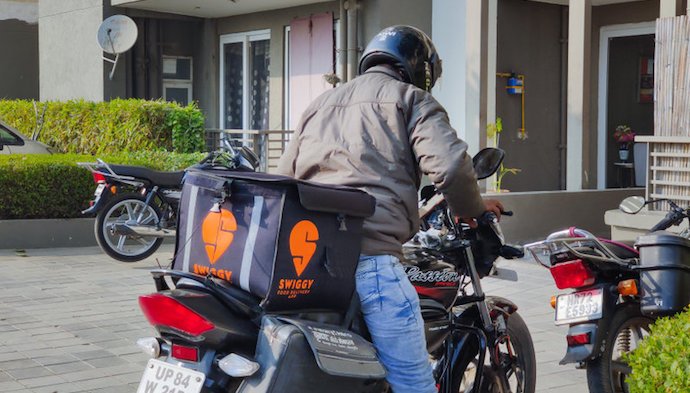
Some of the biggest barriers to technology adoption are whether a business has a need for it, if they can afford it, and if it drives value. Perhaps this is why the food and beverage industry, a primarily offline and relationship-driven sector with tight margins and legacy practices, had never quite seen the need for technology adoption, until the pandemic.
In what has been possibly the toughest 18 months for any customer-facing industry, F&B has been hit particularly hard. In Singapore, some venues have reported losing as much as 90 per cent of their revenue, while others went under, despite their best efforts.
These aren’t easy circumstances to bounce back from, but there is a silver lining. Many F&B businesses are now sharing their experience of how being backed up against the wall actually pushed them to pause, pivot or overhaul how they do business.
Whether that’s exploring new avenues for revenue generation, optimising their workforce and back offices, or planning ahead to future-proof for the long-term.
Technology, while far from being a silver bullet, has played a crucial role in enabling these changes. Growing competition and demand has also driven down prices and improved its accessibility to businesses of all sizes, yet participation remains an obstacle to widespread adoption within F&B.
At OrderEZ, we’ve seen these challenges play out in many ways for our clients over the last year, as well as the opportunities.
After speaking with countless distributors, craft brewers, distillers and roasters, here’s our take on three (out of many) crucial ways in which technology can create value for them in the near and long term.
Cashflow security
The elephant in the room for businesses across the board, and particularly F&B, is cash flow management. The pandemic has made it clear that F&B businesses need more diversified revenue streams if they are to build their cash reserves and comfortably pay their staff during hard times.
Also Read: How Warung Pintar builds tech solutions to help warung owners embrace the future
We’ve seen this play out with many F&B businesses adopting bottled cocktails, for example, and/or adopting e-commerce solutions to reach their customers.
But what this points to overall is the need for a fluid business model that is agile enough to pivot and change. Ways of working have had to change. And while technology is not the only solution, it is a critical tool in building new revenue streams by allowing businesses to take a step back, review their business and see how they can reach new customers and make money.
Supply chain security
One of the biggest lessons for F&B has been prioritising supply chain security – something that was almost taken for granted pre-pandemic, and particularly in a hub like Singapore. Statistics show that globally, only 22 per cent of companies had a proactive supply chain strategy and that restaurants that used SaaS ordering systems were able to reduce wastage by over 80 per cent. The writing was on the wall, but it took a crisis of this magnitude to finally bring these concerns to a head.
With so many F&B businesses seeing their cash flow seriously impacted by pandemic-induced logistics issues, forward-thinking supply chain planning is becoming an increasingly fundamental part of future-proofing.
Technology, be it inventory management, transparent ordering processes, data analysis or simply connectivity, will play a crucial role in enabling this.
Workforce optimisation
Technology influences every aspect of business optimisation, but workforce is an incredibly crucial area for F&B businesses that often run on lean teams. One prominent example of this is efficiency i.e. doing more with less and with less room for error.
Already, technology platforms such as ours that digitise manual processes and integrate with other software are helping create seamless workflows between different functions, from sales to accounting and HR.
A less obvious example is the role of technology in connectivity and helping the workforce stay connected, accountable and productive, which goes a long way in improving employer-employee relationships.
To drive employee participation in such solutions, the onus is on businesses to adopt systems and solutions that are simple, useful and effectively cater to their specific business needs.
Different ways of working, new customer preferences and imminent crisis situations are here to stay– for the next few years at least, if not for good. The important thing for F&B businesses at this time is to move out of survival mode and into planning mode, with the last 18 months serving as a crystal ball for the years ahead of us.
Also Read: Ghost kitchen startup MadEats makes it into Y Combinator, in talks for fresh round of investment
Technology will undoubtedly play a role in helping F&B businesses navigate and grow into the demands of the evolving industry landscape. What they do next comes down to which technology they choose, how it will serve their business, and how they can drive participation and value for both their employees and customers.
–
Editor’s note: e27 aims to foster thought leadership by publishing views from the community. Share your opinion by submitting an article, video, podcast or infographic
Join our e27 Telegram group, FB community or like the e27 Facebook page
Image Credit: amlanmathur
The post F&B’s growing appetite for technology solutions and how it leads to success appeared first on e27.

